

East West University (EWU) is growing steadily upholding the sprits of its oath “Excellence in Education” in order to contribute to the development of the business and technological sectors of Bangladesh. Our programs are updated continuously by an independent academic council consisting of scholars from renowned academic institutions of the country and are based on curricula North American Universities. Our graduates are much sought after and employed by the corporate sectors of the country.


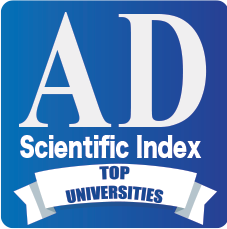
Two eminent faculty members of Department of Electronics and Communications Engineering (ECE), EWU have been placed in t...
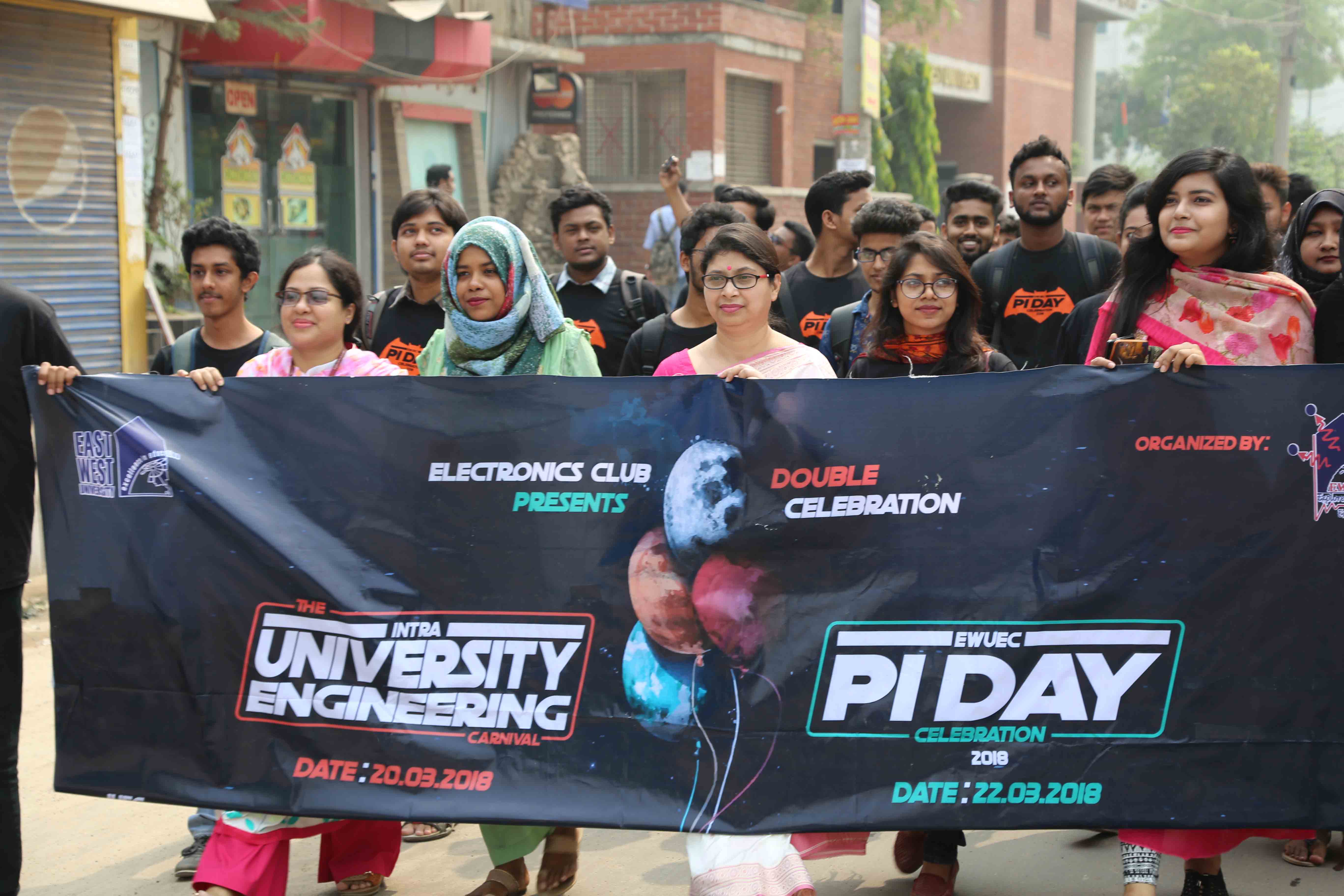
EWU Electronics Club organized its signature program “Engineering Carnival Contest Season-02” and traditional program “C...
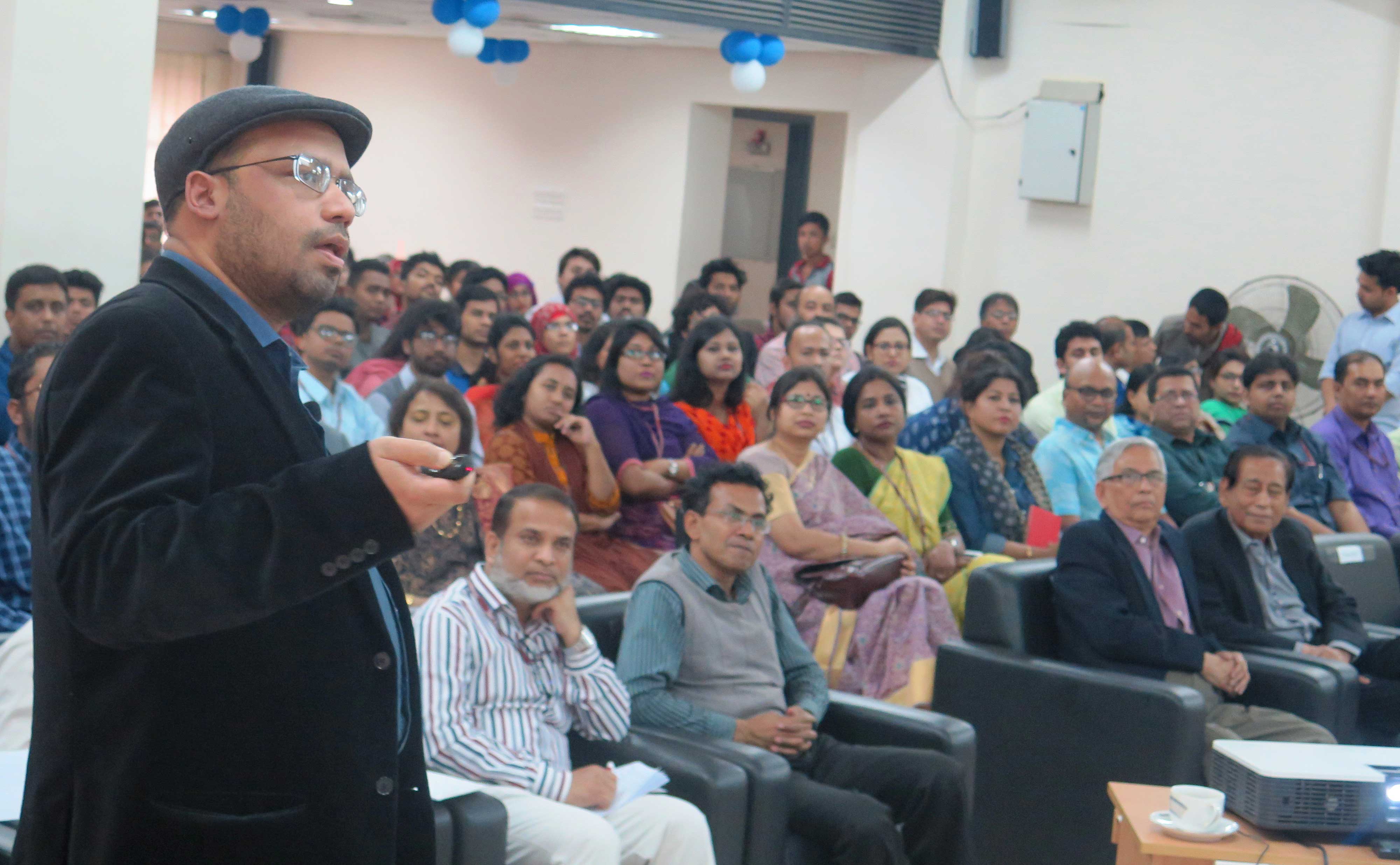
To offer a platform for addressing the current issues of Science and its role in the world East West University (EWU) or...
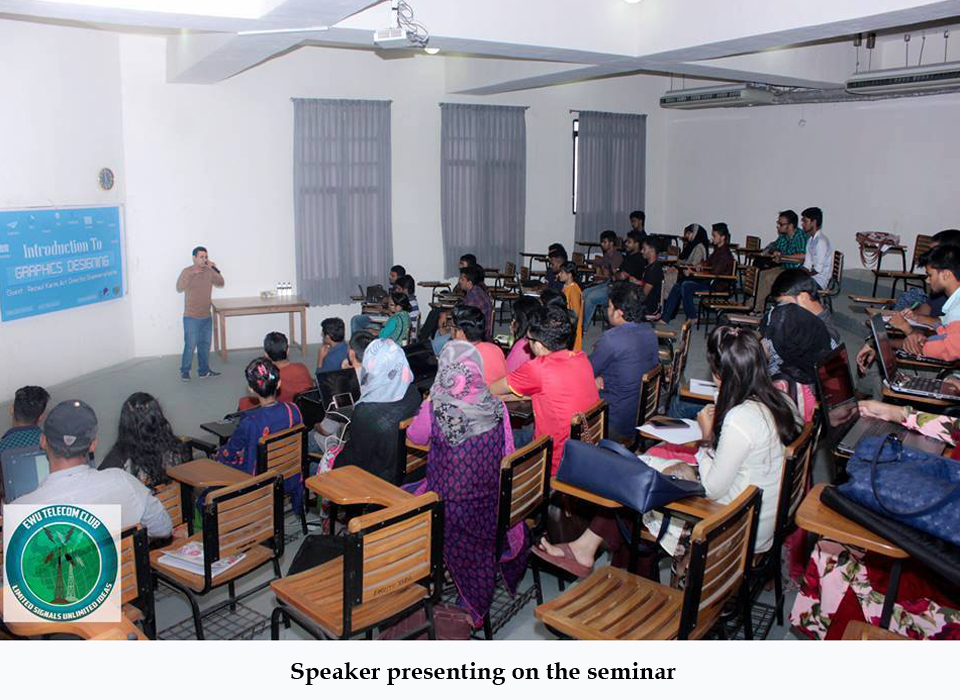
East West University Telecommunication Club (EWUTC) arranged a seminar entitled “Introduction To Graphics Designing” on ...
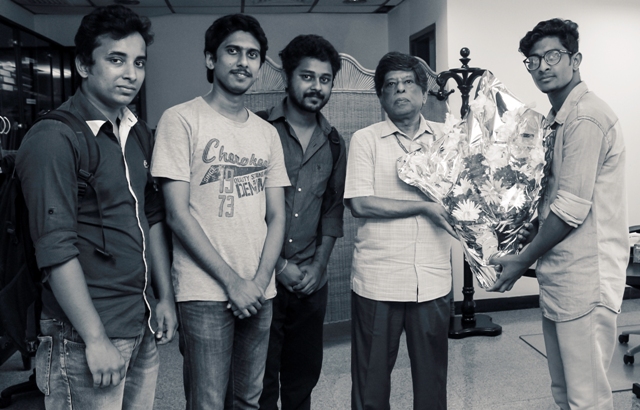
The Department of Electronics and Communications Engineering of East West University (EWU) organized freshers’ reception...
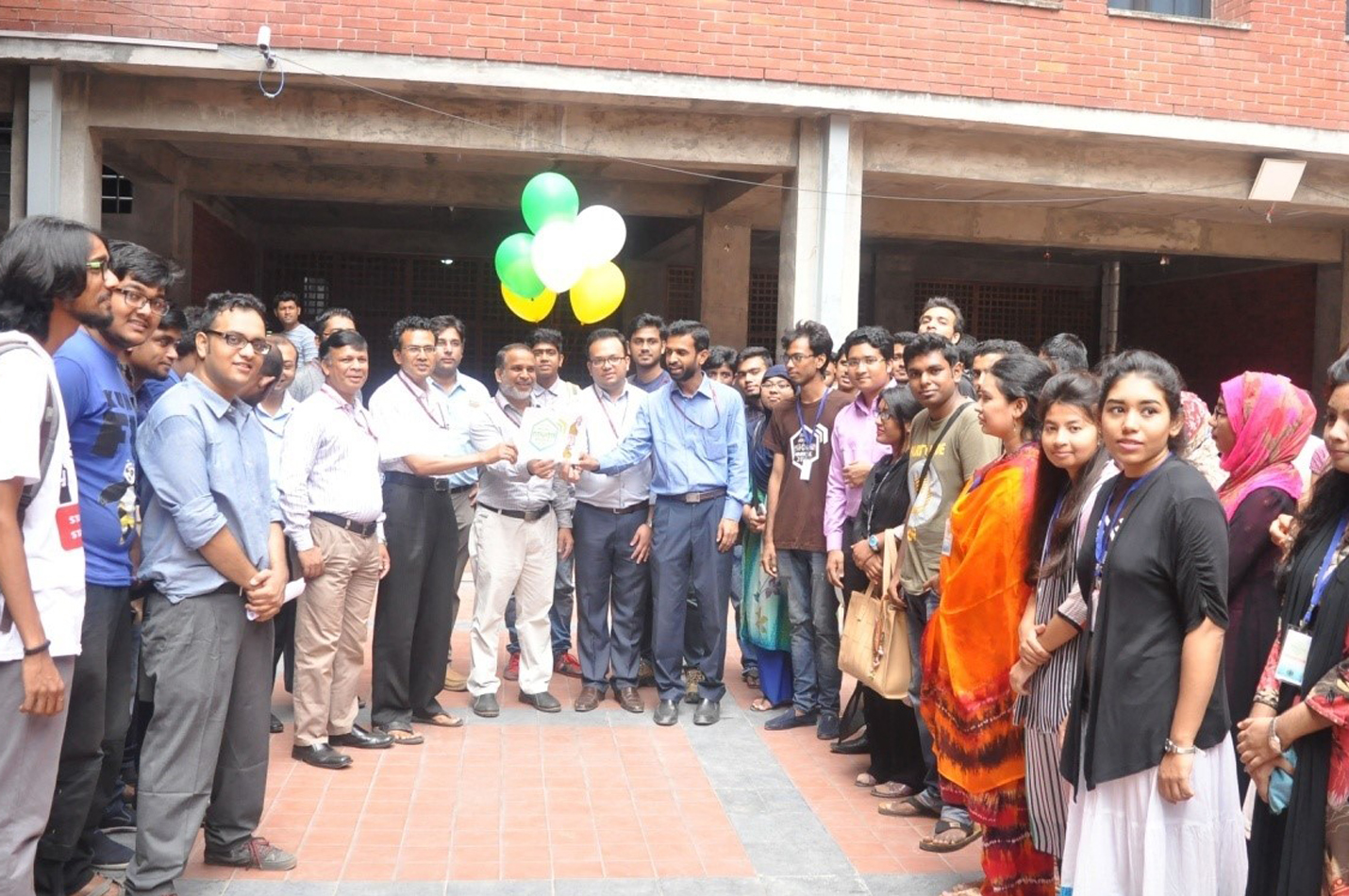
East West University Telecommunications Club (EWUTC) organized Intra East West University Telco Warfare 2016 (Telecommun...
Idea of signals and systems; Digital and Analog sources and systems; Block diagram of a basic communication system and functions of its different parts; Basics of the propagation of electromagnetic (EM) waves; Formal definition of information; Fourier series; Idea of spectra of signals; Information data rate and bandwidth of a signal; Channel capacity and ideal communication systems; Basic idea of coding; Concept of telephone switching systems; Basics of telecommunication networks; Idea of different types of telecommunication systems (Wireless, Optical Fiber and Satellite Communications).
Credits: 1; Prerequisite: None.
Recommended Textbook: This is a very basic course and there is no standard textbook for it. Course materials will be collected from various basic texts.
Reference Book: Signals & Systems, S. Haykin and B. Van Veen, Wiley & Sons.
Introduction to HTML: Mark up tags for basic document layout: paragraph tags, headings, ordered and unordered lists, definition lists, nested lists · Tables: cell alignment · Visual effects: logical and visual styles, special characters · Hypertext links: directory paths, links to other documents, links inside documents · Including multimedia objects: images, sound and video.
Programming Language: Concept of programming language and its classification; Programming logic and flow Chart; Structured Programming using C – Constants, variables and data types, arithmetic and logical operation, loops and decision making, user-defined functions, character and strings, arrays, pointers, structures and unions, file management, graphics programming.
The course includes lab work based on theory taught.
Credits: 3 (Theory)+1(Lab)=4; Prerequisite: None.
Recommended Textbook:
Reference Book: Schaum’s Outlines Programming with C, Byron Gottfried, McGraw-Hill.
DC Circuit: Fundamental electrical concepts and measuring units, D.C. voltage, current, resistance and power. Introduction to circuit theory and Ohm’s law, Kirchhoff’s current and voltage laws. Simple resistive circuits: Series and parallel circuits, voltage and current division, Wye-Delta transformation. Various techniques for solving circuit problems: loop and node analysis. Network theorems: Superposition theorem, Source transformation, Thevenin’s and Norton’s theorems with their applications in circuits having independent and dependent sources; maximum power transfer and reciprocity theorem. Energy storage elements: Inductors and capacitors, series parallel combination of inductors and capacitors. Responses of RL, RC and RLC circuits to natural and step responses.
The course includes lab work based on theory taught.
Credit: 3 (Theory)+1(Lab)=4; Pre-requisite: None.
Recommended Textbook:
Reference Book: Fundamentals of Electrical Circuits -Charles K. Alexander -Matthew N. O. Sadiku